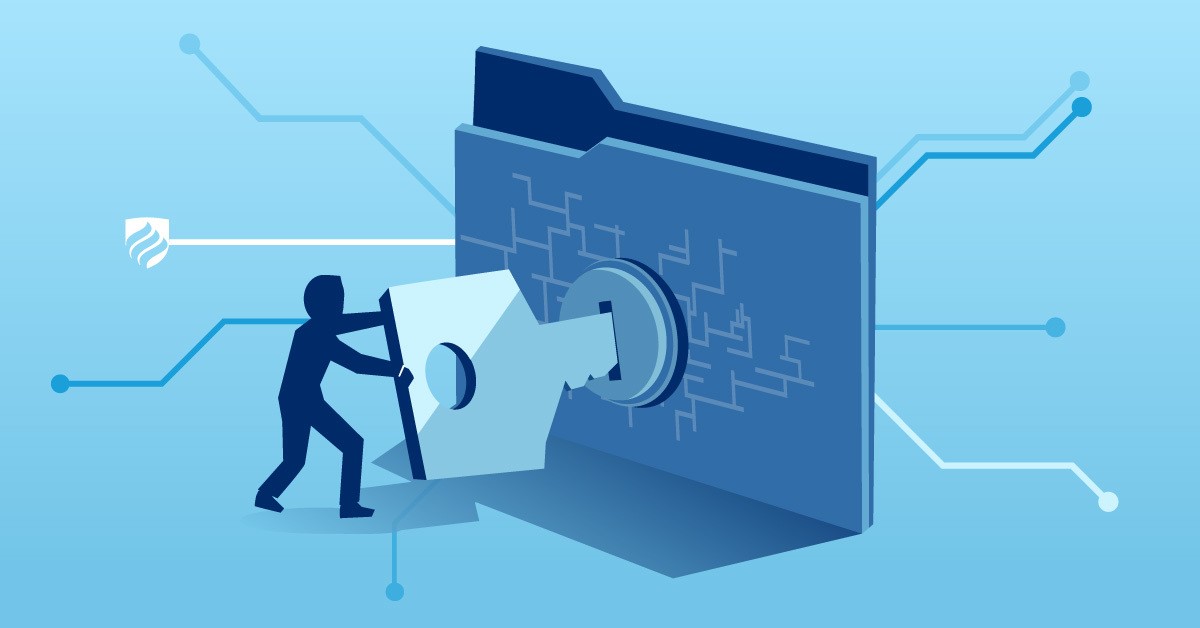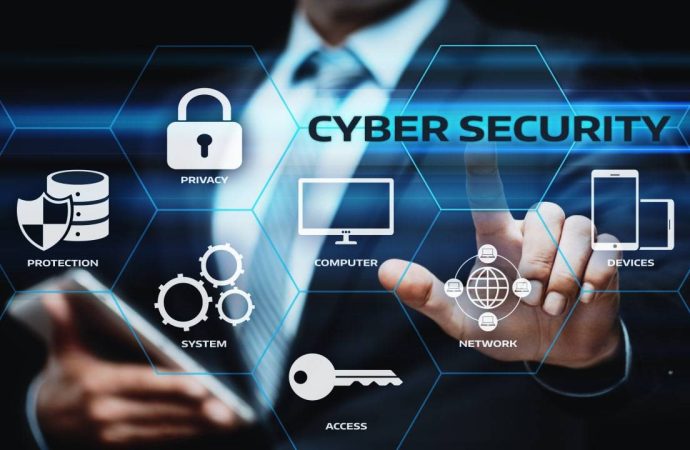In the era of digital transformation, where businesses and individuals alike are increasingly reliant on interconnected systems and data-driven technologies, cybersecurity has emerged as a critical concern. The rapid adoption of cloud computing, Internet of Things (IoT) devices, and artificial intelligence (AI) has revolutionized how organizations operate, but it has also expanded the attack surface
In the era of digital transformation, where businesses and individuals alike are increasingly reliant on interconnected systems and data-driven technologies, cybersecurity has emerged as a critical concern. The rapid adoption of cloud computing, Internet of Things (IoT) devices, and artificial intelligence (AI) has revolutionized how organizations operate, but it has also expanded the attack surface for cyber threats. This article delves into the evolving landscape of cybersecurity in the age of digital transformation, highlighting key challenges and strategies for safeguarding digital assets.
The Expanding Attack Surface
Digital transformation is characterized by the integration of digital technology into all areas of a business, fundamentally changing how organizations deliver value to customers. However, this transformation also introduces new vulnerabilities. The proliferation of IoT devices, for instance, has created numerous entry points for cybercriminals. These devices often lack robust security measures, making them easy targets for attacks. Similarly, the shift to cloud services, while offering scalability and flexibility, has raised concerns about data privacy and security.
Sophisticated Cyber Threats
As technology advances, so do the tactics of cybercriminals. Modern cyber threats are increasingly sophisticated, leveraging AI and machine learning to launch more effective and targeted attacks. Ransomware, for example, has evolved from simple encryption of files to more complex schemes involving data exfiltration and extortion. Phishing attacks have become more convincing, utilizing social engineering techniques to deceive even the most vigilant users. The rise of state-sponsored cyber espionage adds another layer of complexity, as nation-states employ advanced persistent threats (APTs) to infiltrate critical infrastructure and steal sensitive information.
The Role of Artificial Intelligence in Cybersecurity
While AI can be a double-edged sword, it also holds significant promise for enhancing cybersecurity. AI-driven security solutions can analyze vast amounts of data in real-time, identifying patterns and anomalies that may indicate a cyber threat. Machine learning algorithms can adapt to new threats, improving the accuracy and efficiency of threat detection. For instance, AI-powered intrusion detection systems can monitor network traffic and flag suspicious activities, enabling quicker response times to potential breaches.
Zero Trust Architecture
In response to the evolving threat landscape, many organizations are adopting a Zero Trust architecture. Unlike traditional security models that rely on perimeter defenses, Zero Trust operates on the principle that no entity, whether inside or outside the network, should be trusted by default. Every access request is thoroughly vetted, and continuous monitoring ensures that any anomalous behavior is promptly addressed. Implementing Zero Trust requires a combination of technologies, including multi-factor authentication (MFA), encryption, and micro-segmentation, to create a robust security framework.

Picture by: Yandex.com
The Human Element
Despite advances in technology, the human element remains a critical factor in cybersecurity. Social engineering attacks exploit human psychology, making them particularly challenging to defend against. Employee training and awareness programs are essential to equip staff with the knowledge to recognize and respond to potential threats. Regular phishing simulations and cybersecurity drills can help reinforce best practices and reduce the likelihood of successful attacks.
Regulatory Compliance and Data Privacy
As data breaches become more prevalent, regulatory bodies worldwide are implementing stricter data protection laws. The General Data Protection Regulation (GDPR) in the European Union, the California Consumer Privacy Act (CCPA), and other regional regulations mandate organizations to adopt stringent measures to protect personal data. Compliance with these regulations not only helps avoid hefty fines but also builds customer trust. Organizations must ensure that their cybersecurity strategies align with regulatory requirements, incorporating data encryption, access controls, and regular audits.
Incident Response and Recovery
Even with robust security measures in place, no organization is immune to cyber incidents. Having a well-defined incident response plan is crucial for minimizing damage and ensuring a swift recovery. An effective incident response plan outlines the steps to be taken in the event of a breach, including identification, containment, eradication, and recovery. It also involves communication protocols to inform stakeholders and regulatory authorities. Regular testing and updating of the incident response plan are essential to address evolving threats and vulnerabilities.
Collaboration and Information Sharing
Cybersecurity is a collective effort that requires collaboration across industries and sectors. Information sharing initiatives, such as threat intelligence platforms, enable organizations to share insights about emerging threats and vulnerabilities. Public-private partnerships can also enhance cybersecurity resilience by pooling resources and expertise. Governments, private companies, and academia must work together to develop innovative solutions and stay ahead of cyber adversaries.
Future Trends in Cybersecurity
Looking ahead, several trends are likely to shape the future of cybersecurity in the age of digital transformation. Quantum computing, while still in its infancy, poses both opportunities and challenges. While it promises unprecedented computational power, it also threatens to render current encryption methods obsolete. As a result, researchers are exploring quantum-resistant cryptographic algorithms to safeguard data against future threats.
Another emerging trend is the integration of cybersecurity with DevOps (DevSecOps). By embedding security practices into the software development lifecycle, organizations can identify and address vulnerabilities early in the development process. This proactive approach reduces the risk of security flaws in production environments.
Conclusion
In conclusion, cybersecurity in the age of digital transformation is a multifaceted challenge that requires a comprehensive and adaptive approach. As organizations continue to embrace digital technologies, they must remain vigilant against evolving cyber threats. By leveraging advanced technologies such as AI, adopting frameworks like Zero Trust, and fostering a culture of security awareness, organizations can protect their digital assets and ensure resilience in an increasingly interconnected world. Regulatory compliance, incident response planning, and collaborative efforts further strengthen the cybersecurity posture, paving the way for a secure digital future.
















